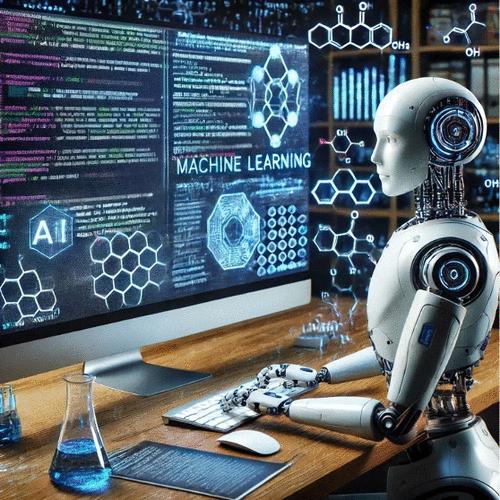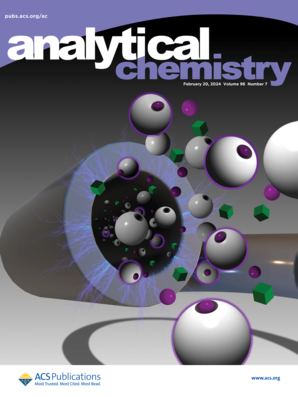Large Language Models (such as ChatGPT) as Tools for Machine Learning-Based Data Insights in Analytical Chemistry
IF 6.7
1区 化学
Q1 CHEMISTRY, ANALYTICAL
引用次数: 0
Abstract
Artificial intelligence (AI), especially through the development of deep learning techniques like convolutional neural networks (CNNs), has revolutionized numerous fields. CNNs, introduced by Yann LeCun in the 1990s (Hubbard, W.; Jackel, L. D. Backpropagation Applied to Handwritten Zip Code Recognition. Neural Comput. 1989, 1 (4), 541– 551. https://doi.org/10.1162/neco.1989.1.4.541), have found applications in healthcare for medical diagnostics, autonomous vehicles in transportation, stock market prediction in finance, and image recognition in computer vision to name just a few. Similarly, in analytical chemistry, deep learning has enhanced data analysis from techniques like MS spectrometry, NMR, fluorescence spectroscopy, and chromatography. Another AI branch, Natural Language Processing (NLP), has surged recently with the advent of Large Language Models (LLMs), such as OpenAI’s ChatGPT. This paper demonstrates the application of an LLM via a smartphone to conduct multivariate data analyses, in an interactive conversational manner, of a hyper-spectral imaging data set from laser-induced breakdown spectroscopy (LIBS). We demonstrate the potential of LLMs to process and analyze data sets, which automatically generate and execute code in response to user queries, and anticipate their growing role in the future of analytical chemistry.

求助全文
约1分钟内获得全文
求助全文
来源期刊

Analytical Chemistry
化学-分析化学
CiteScore
12.10
自引率
12.20%
发文量
1949
审稿时长
1.4 months
期刊介绍:
Analytical Chemistry, a peer-reviewed research journal, focuses on disseminating new and original knowledge across all branches of analytical chemistry. Fundamental articles may explore general principles of chemical measurement science and need not directly address existing or potential analytical methodology. They can be entirely theoretical or report experimental results. Contributions may cover various phases of analytical operations, including sampling, bioanalysis, electrochemistry, mass spectrometry, microscale and nanoscale systems, environmental analysis, separations, spectroscopy, chemical reactions and selectivity, instrumentation, imaging, surface analysis, and data processing. Papers discussing known analytical methods should present a significant, original application of the method, a notable improvement, or results on an important analyte.
 求助内容:
求助内容: 应助结果提醒方式:
应助结果提醒方式:


